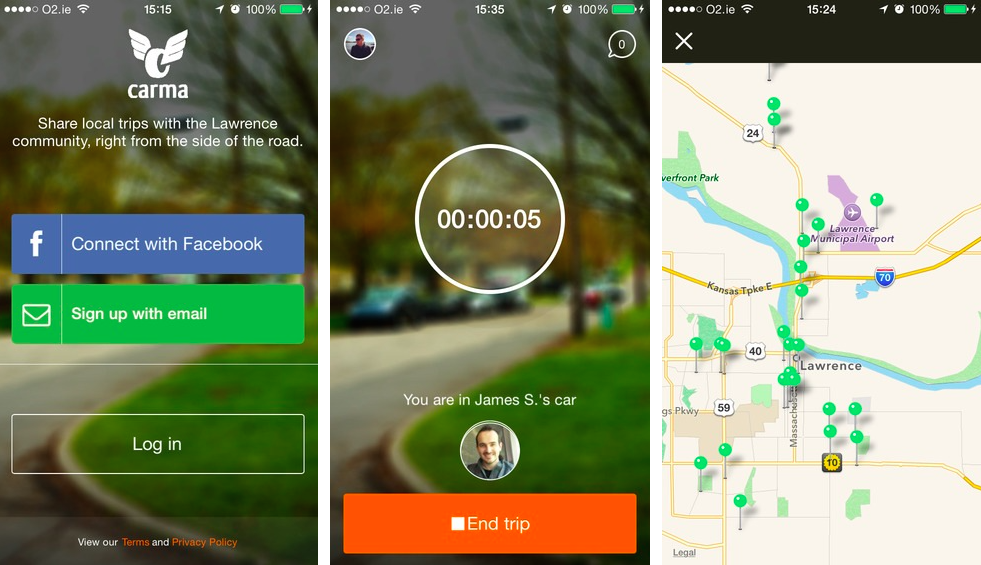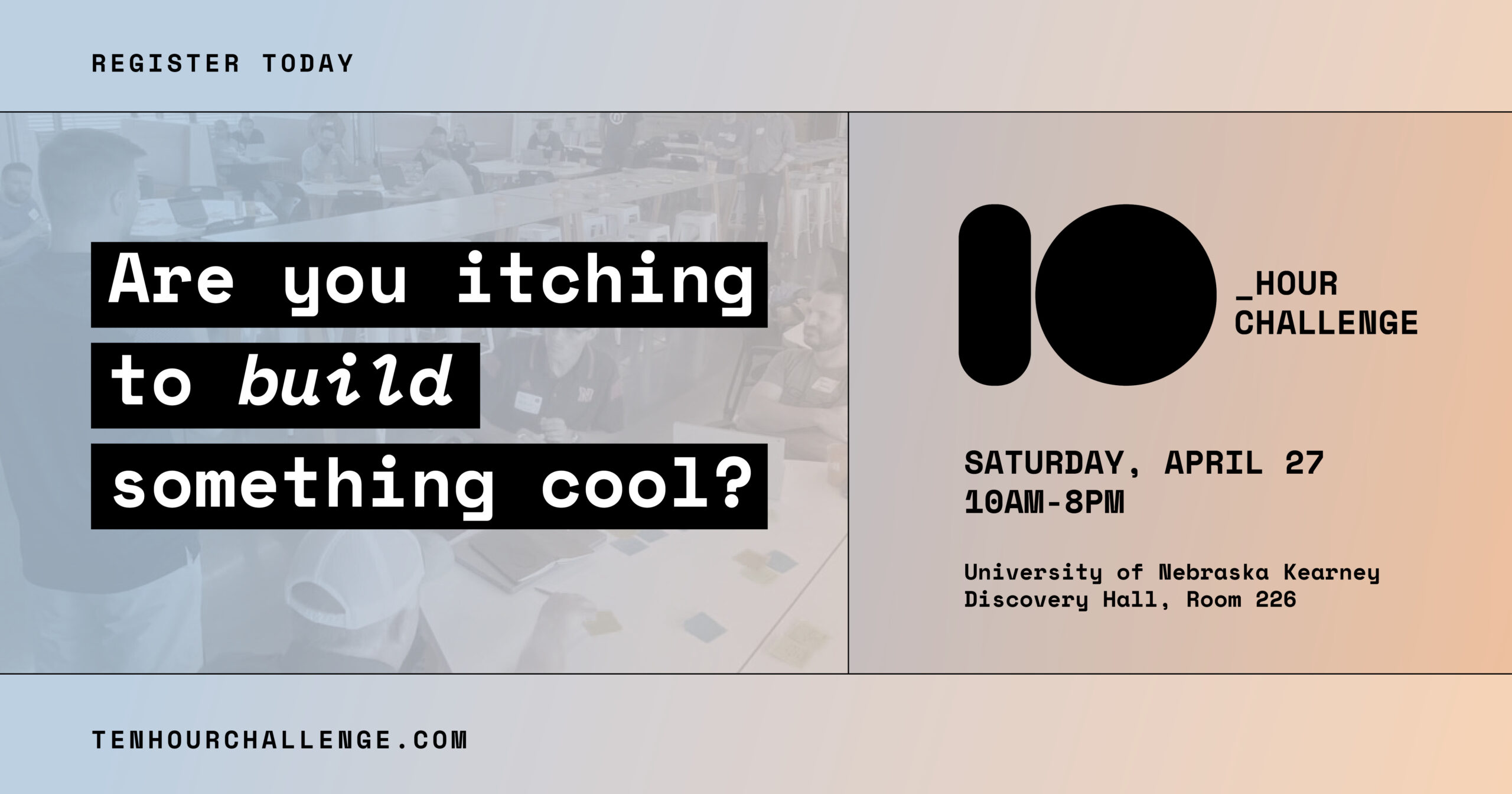 LAWRENCE, Kan.—When Jenny O’Brien and her husband moved about 12 miles north of Lawrence, Kan., seeking a more sustainable lifestyle, she didn’t expect transportation to be such a major issue.
LAWRENCE, Kan.—When Jenny O’Brien and her husband moved about 12 miles north of Lawrence, Kan., seeking a more sustainable lifestyle, she didn’t expect transportation to be such a major issue.
“We moved to the country for a more sustainable lifestyle and pretty quickly we learned we’d have to get a new car and drive everywhere,” O’Brien told SPN. “That doesn’t sit well with us. So we decided to try to figure out a way to get better transportation for the country.”
So O’Brien decided to get creative and took to the streets. Literally.
“We just needed some way to give hitchhikers a better story, to convince drivers they’re safe to pick up and record the trip so the rider is safe, too,” she said.
She and a few volunteers tested out her theory across rural Lawrence and took notes about what they found. O’Brien says that by using dry erase board signs to communicate their desired destination, riders oftentimes found it a lot easier than expected to get a driver to stop for them. As of now, CarmaHop is providing those boards to app users.
So they took careful data and came to a few key findings: In order to get picked up, a rider needed to be standing on a road with enough traffic, be visible, and provide a safe, easy and obvious way for drivers to pull over. Working with a professor from the University of Kansas, O’Brien turned her findings into an academic paper, which was selected for publication by the Transportation Review Board.
Then in January, O’Brien was in Washington, D.C., presenting the paper she’d published about the experience and happened to meet Sean O’Sullivan, founder of Carma Carpooling (oh, and for coining the term “cloud computing”).
Carma Carpooling, founded in 2007, helps connect neighbors with similar commutes to share rides and reduce the number of cars on the road. But, like all new networks and services, Carma was having trouble reaching a critical mass of users.
O’Brien told O’Sullivan that she might have a solution to his problem.
And a few months later, O’Brien’s idea—which had been formalized under the nonprofit she created called Lawrence OnBoard—became CarmaHop.
As part of O’Sullivan’s team, O’Brien has been able to work with Carma’s app developers and marketing department to create a polished product for a full rollout in Lawrence later this month.
But from the group’s initial tests, CarmaHop seems to be catching on. O’Brien says that on average, it only takes her about seven minutes to be picked up, sometimes more quickly if she’s catching a ride in town.
So far, O’Brien says one of the biggest challenges has been how to incentivize drivers to stop for riders. CarmaHop’s solution has been to ask drivers to give riders their phone number to input into the app for a chance to win a $20 gas card, and O’Brien says, for the most part, it’s working.
“I’ll be the first to admit that the first few times you go out and do this it does feel a little bit awkward,” she said. “But knowing we have something to offer the driver and the fact that the driver knows the destination and the length of the commitment up front is why we think it’ll work.”
“When you’re doing this about one in five times it ends up being someone you know, especially on short, local trips. So there’s a real high level of comfort there when there’s the chance it’s someone you’re familiar with.”
Even when the driver picking you up may not be someone you’re familiar with, O’Brien says that the app works primarily as a recording device to make both the driver and rider feel secure. When the trip starts, the rider simply inputs their location, enters the driver’s phone number and presses go. Then upon arriving at their destination, the rider ends the trip and the information is stored by CarmaHop. There’s nothing to do on the driver’s end.
O’Brien thinks that if the model takes off in Lawrence, many more rural communities could benefit from CarmaHop’s technology and mission.
“Forty-five percent of Americans have no access to transit whatsoever,” O’Brien said. “There are large blocks of the American population who can’t get to their jobs, the store, the doctor and no one is talking about that. No one is trying to solve that problem.”
The free CarmaHop app is currently available for iOS and Android devices, and open to users in Lawrence. O’Brien says depending on how the app works in Lawrence, CarmaHop will look to expand to other areas in the coming months.
“We just need to stop being afraid of each other and use the resources we’ve got,” O’Brien said.
Watch O’Brien’s August TEDxKC talk about the future of transportation and ridesharing:






One response to “How CarmaHop is using tech to destigmatize hitchhiking”
Very cool!